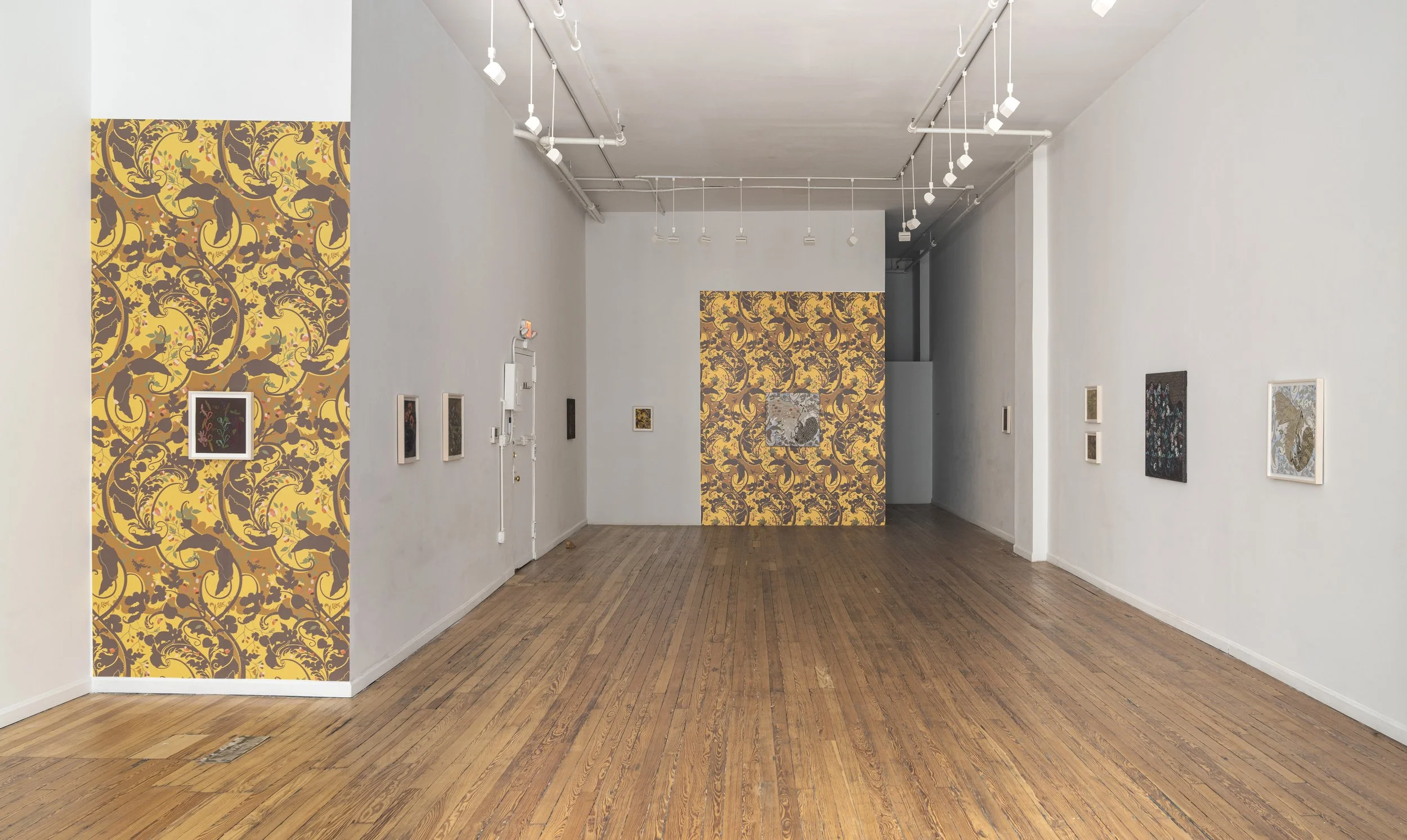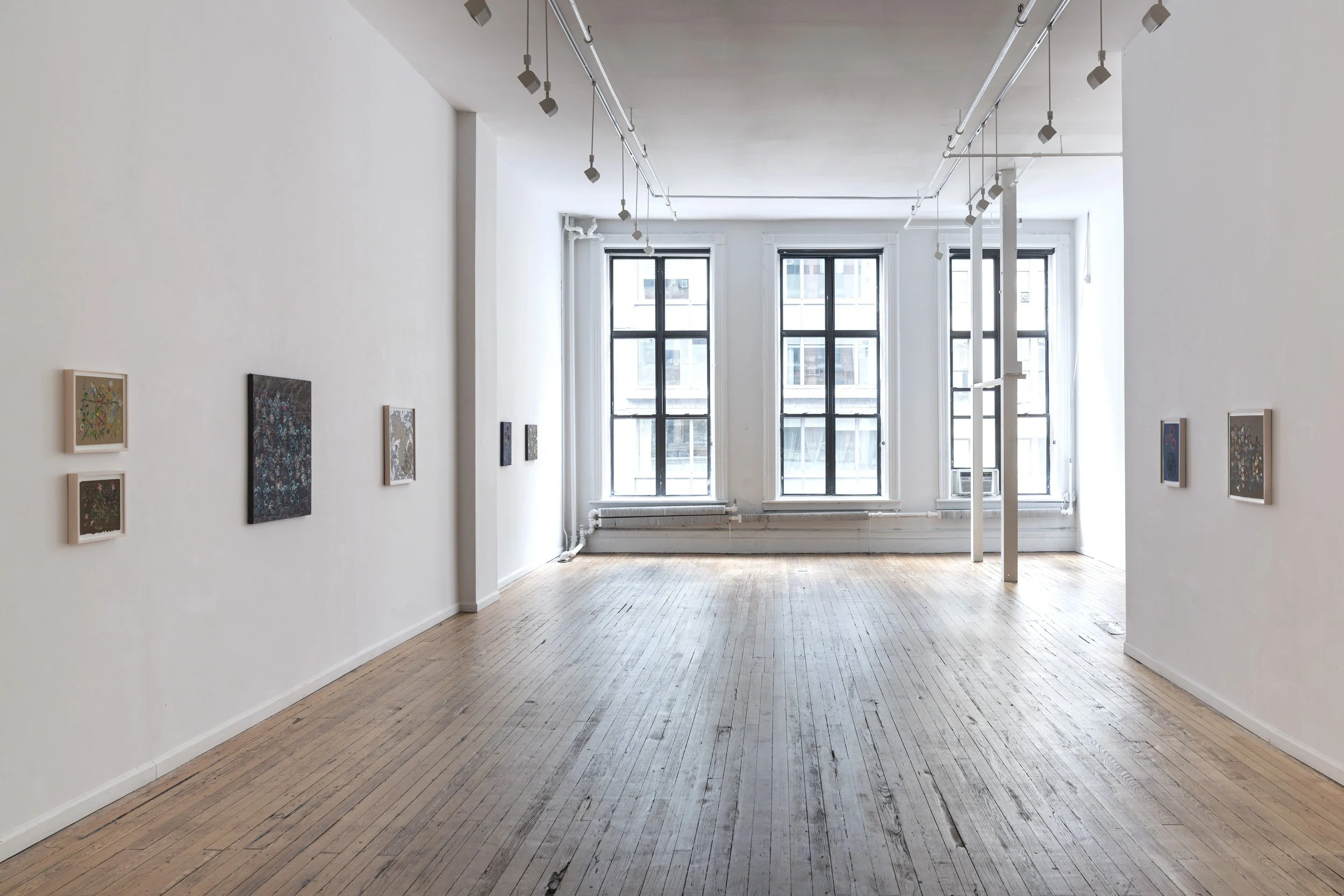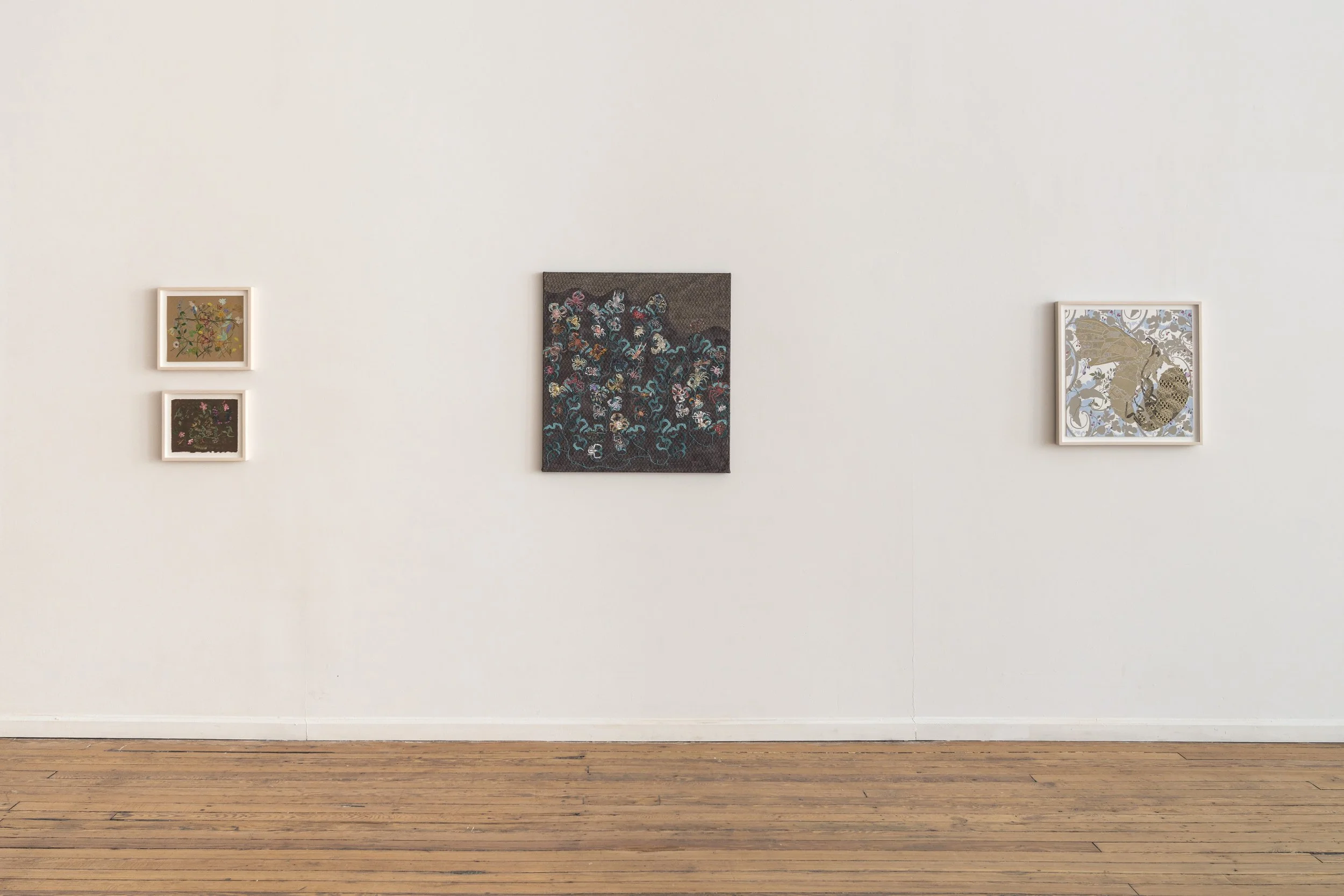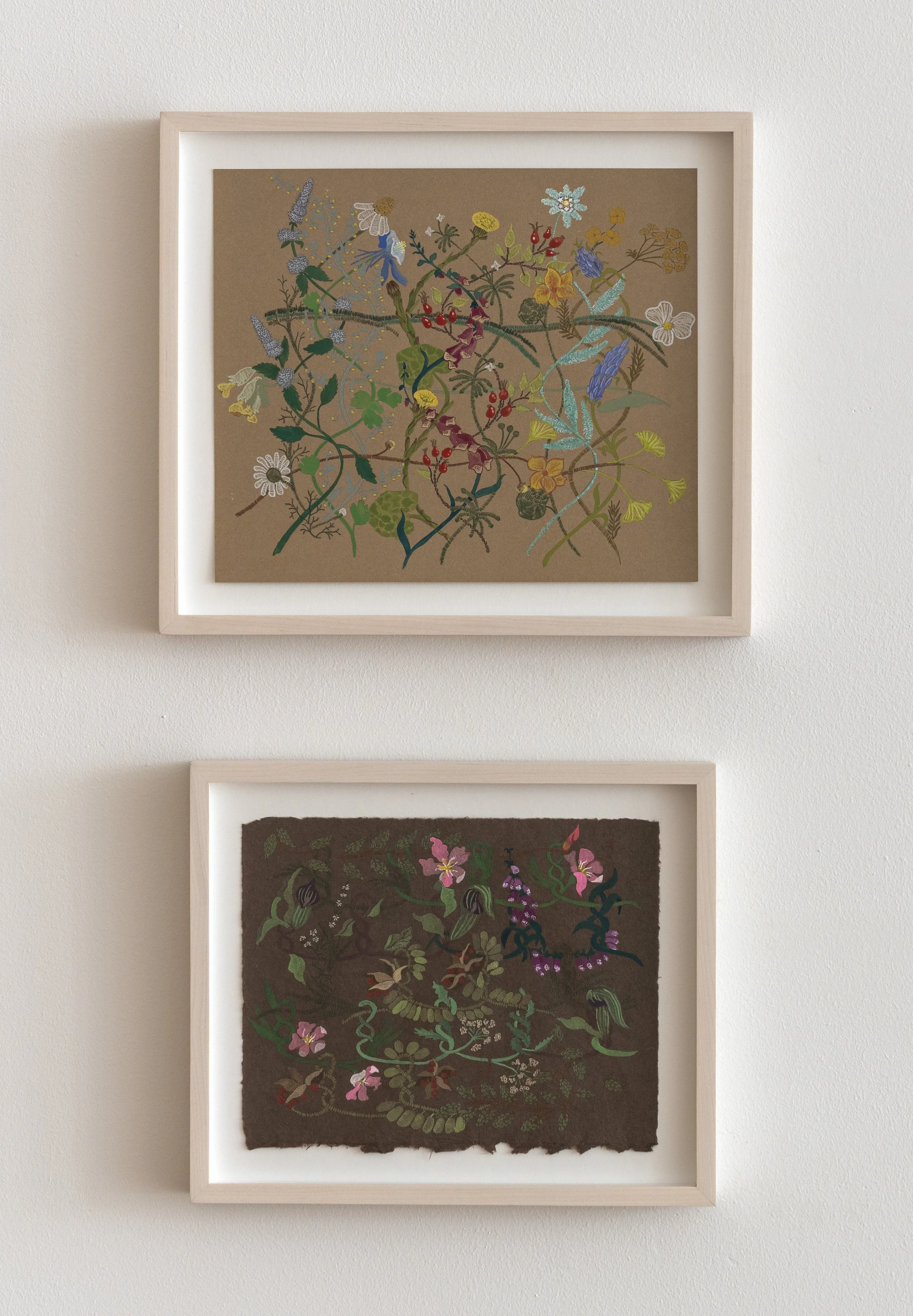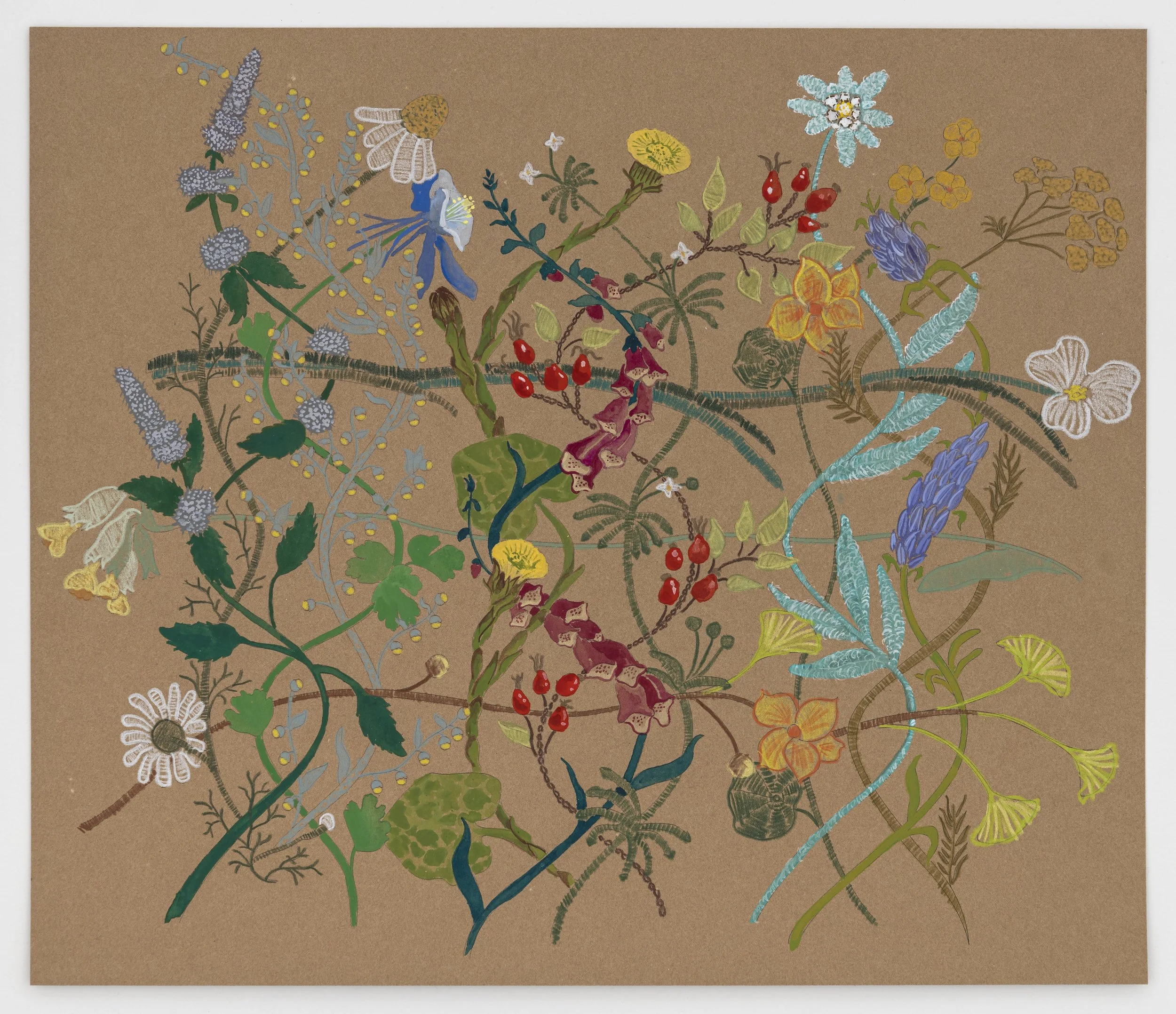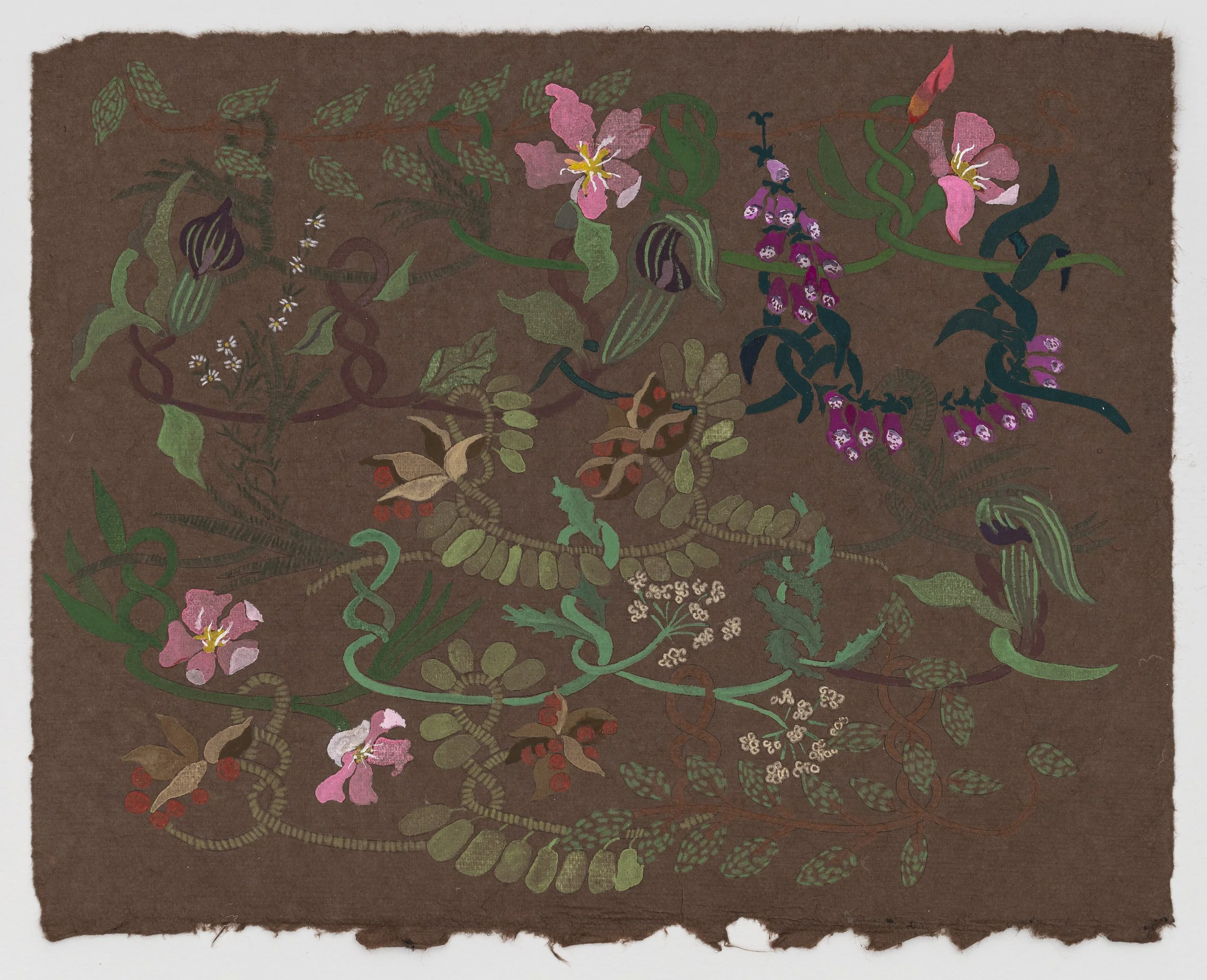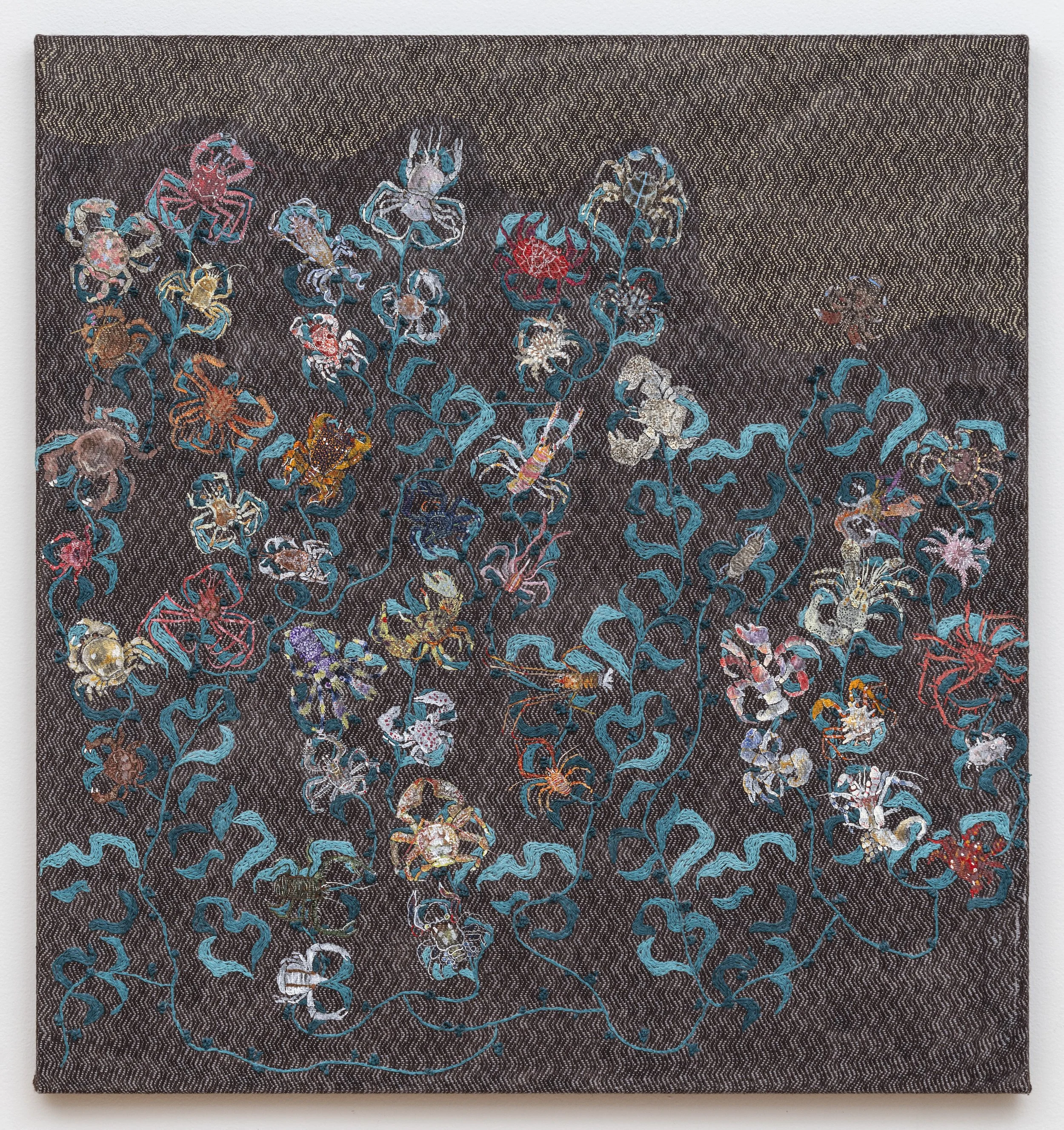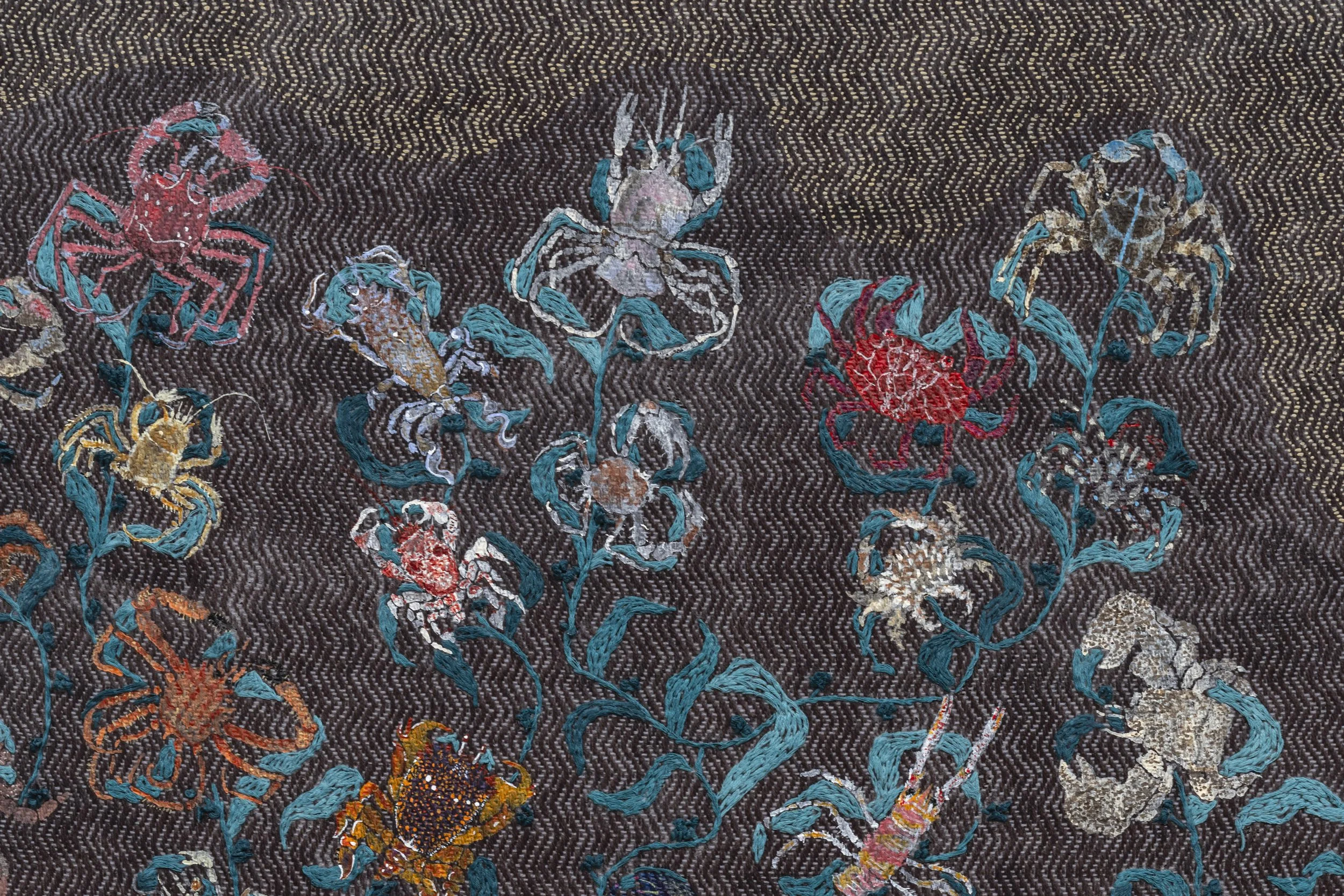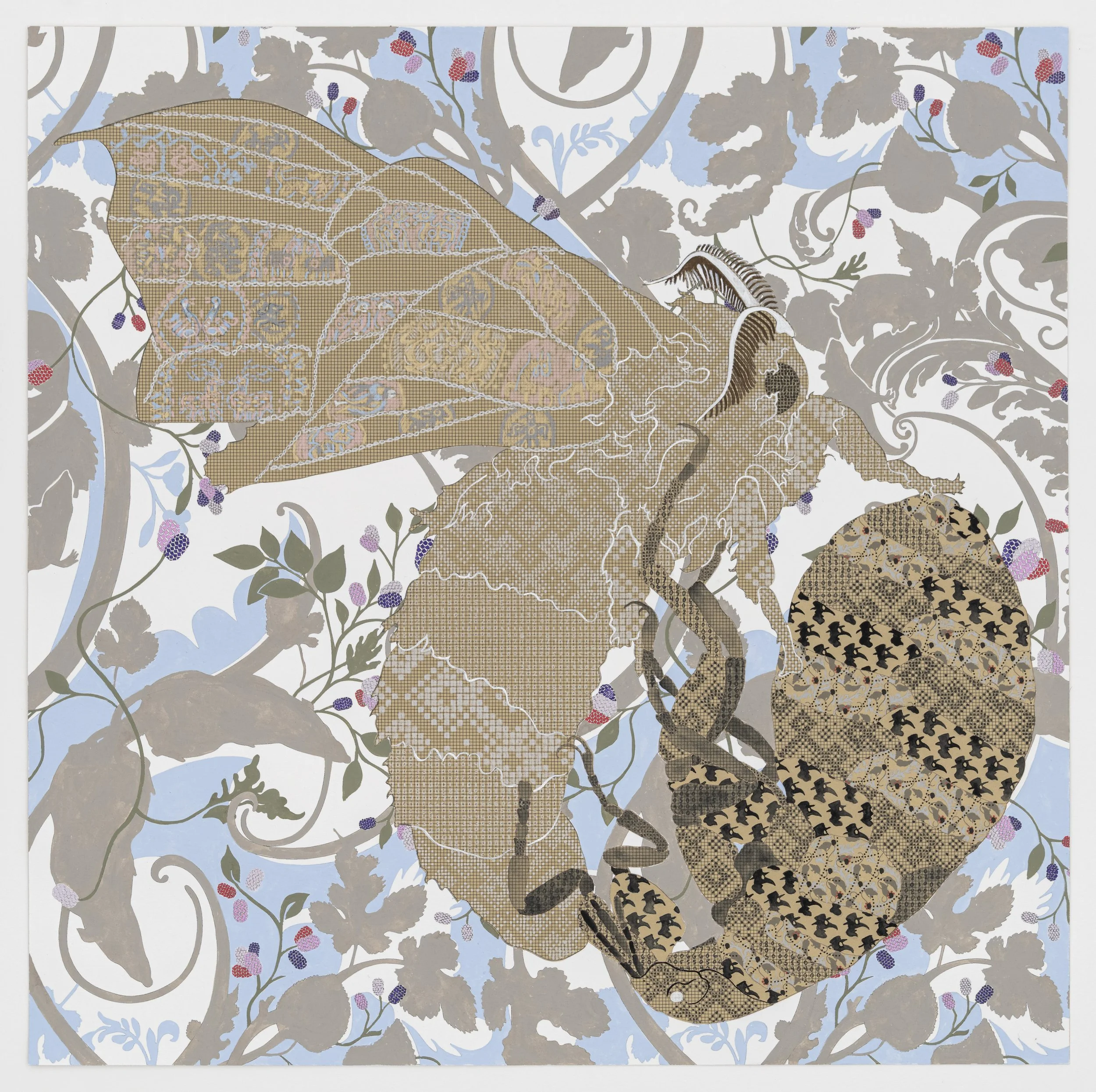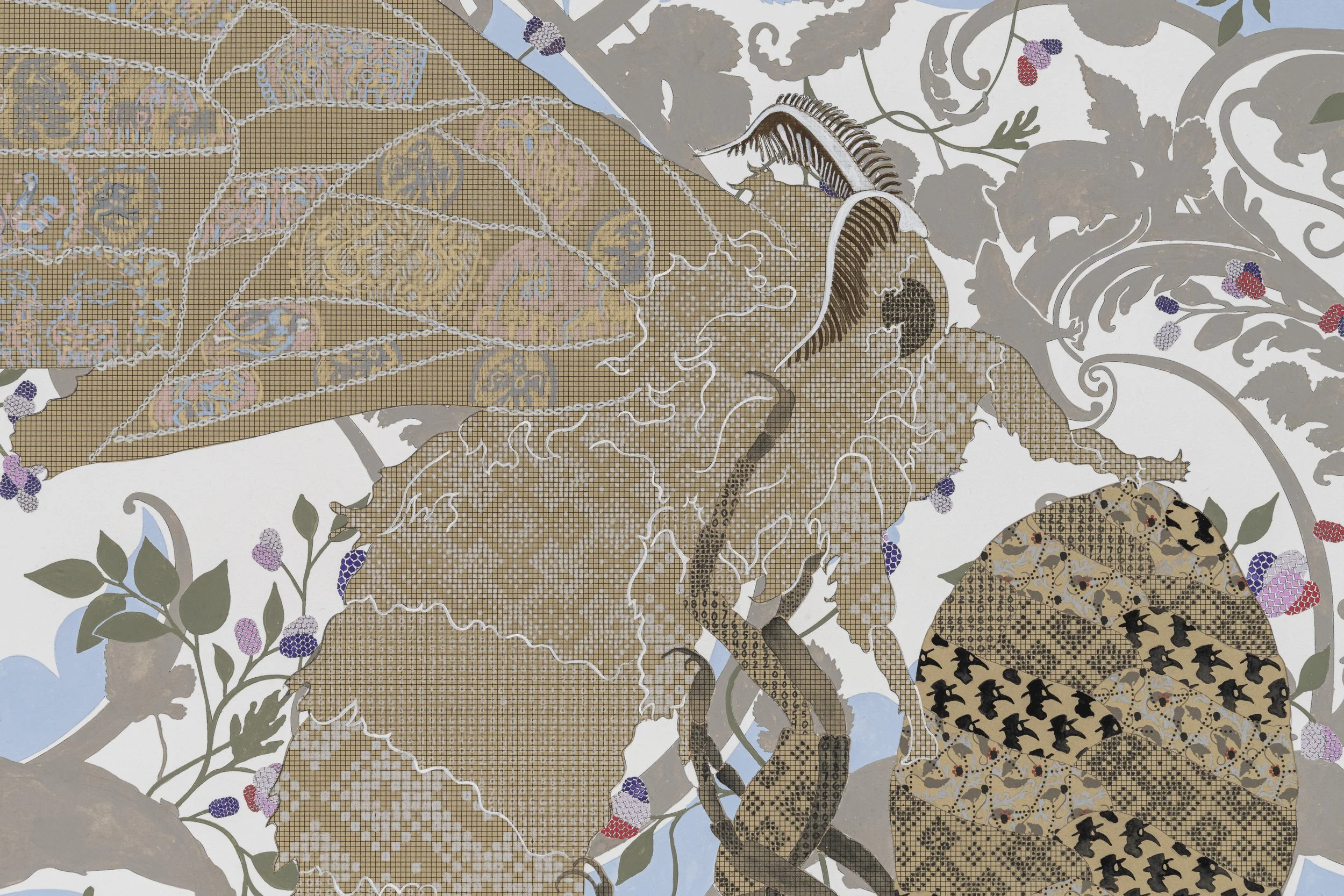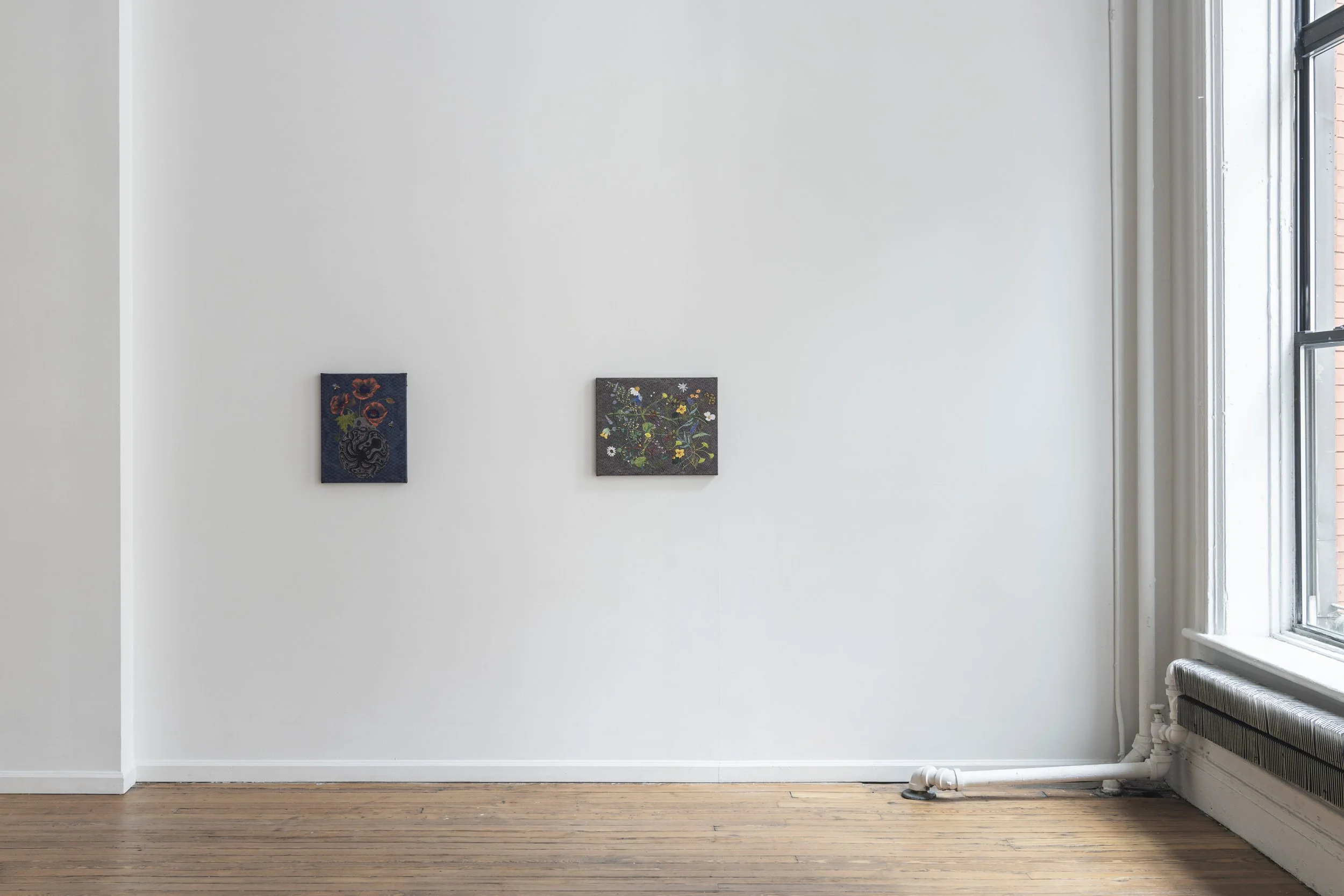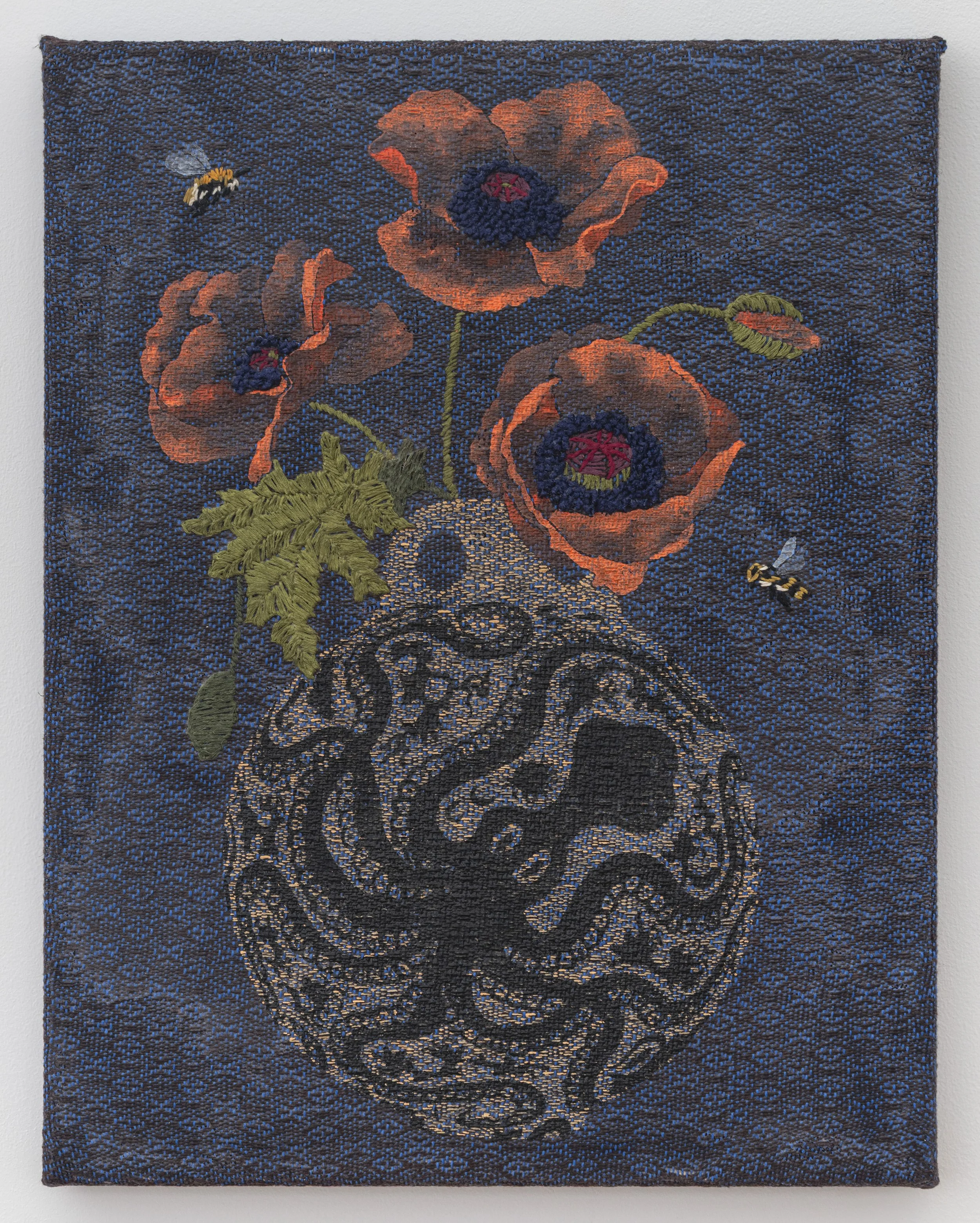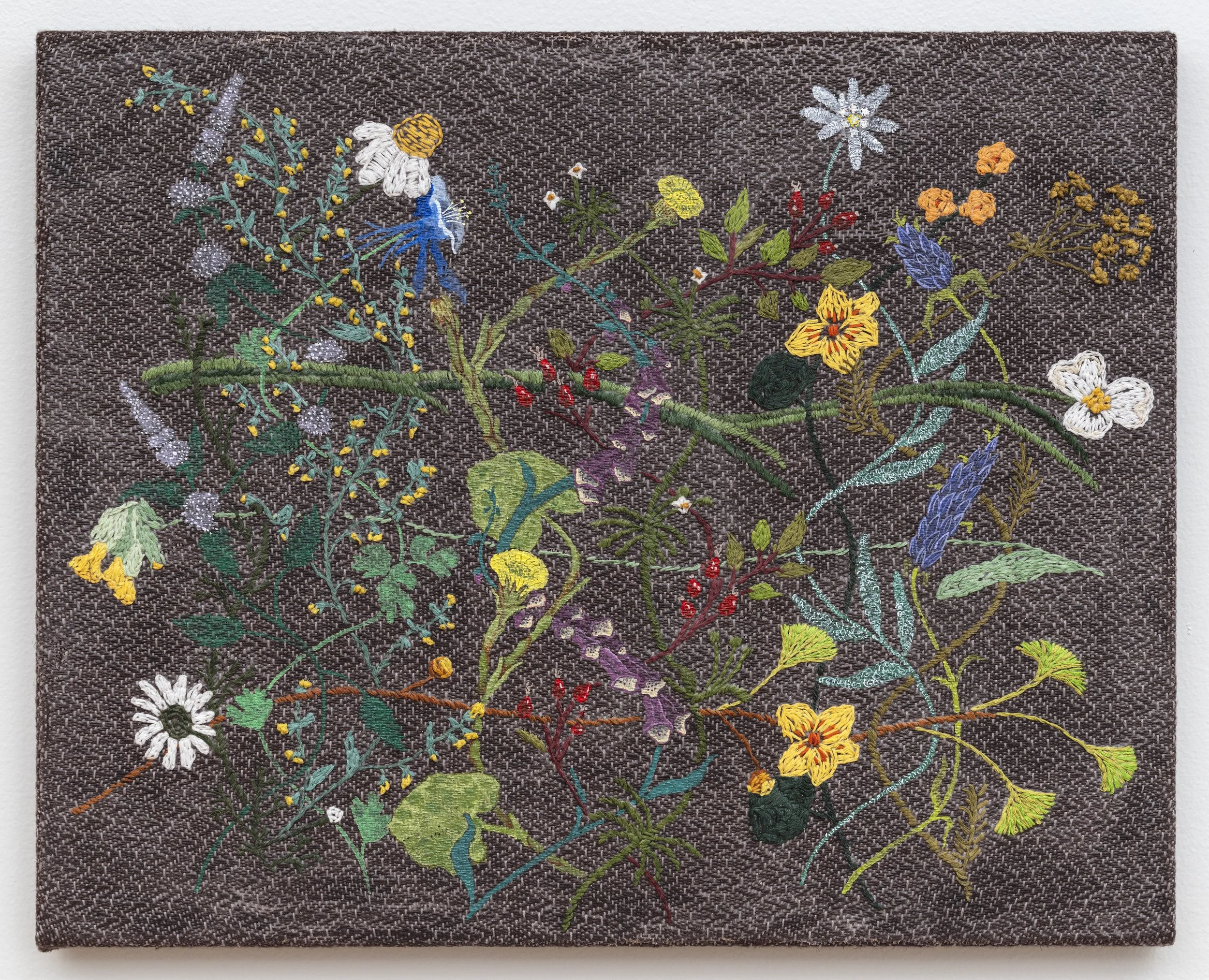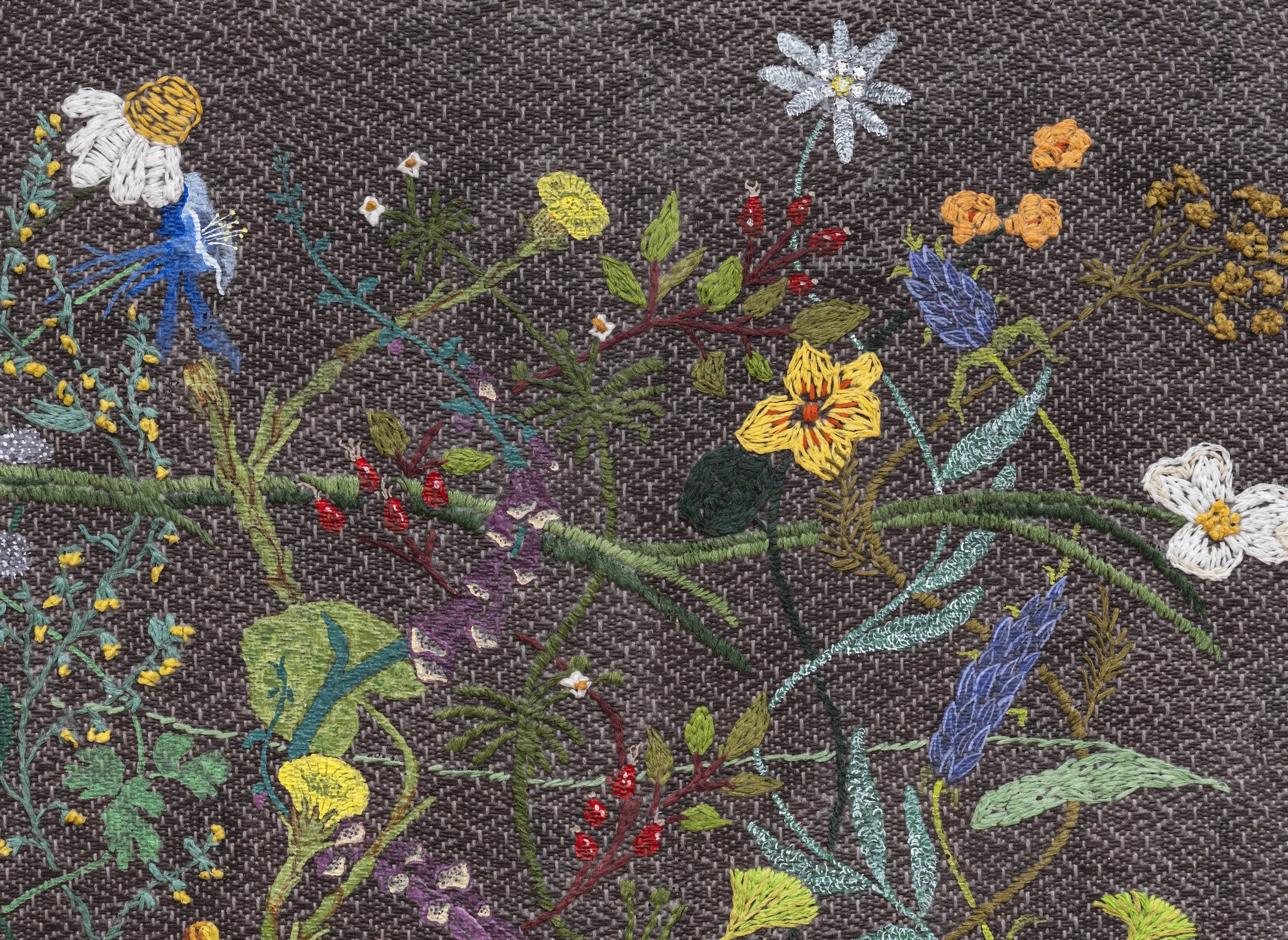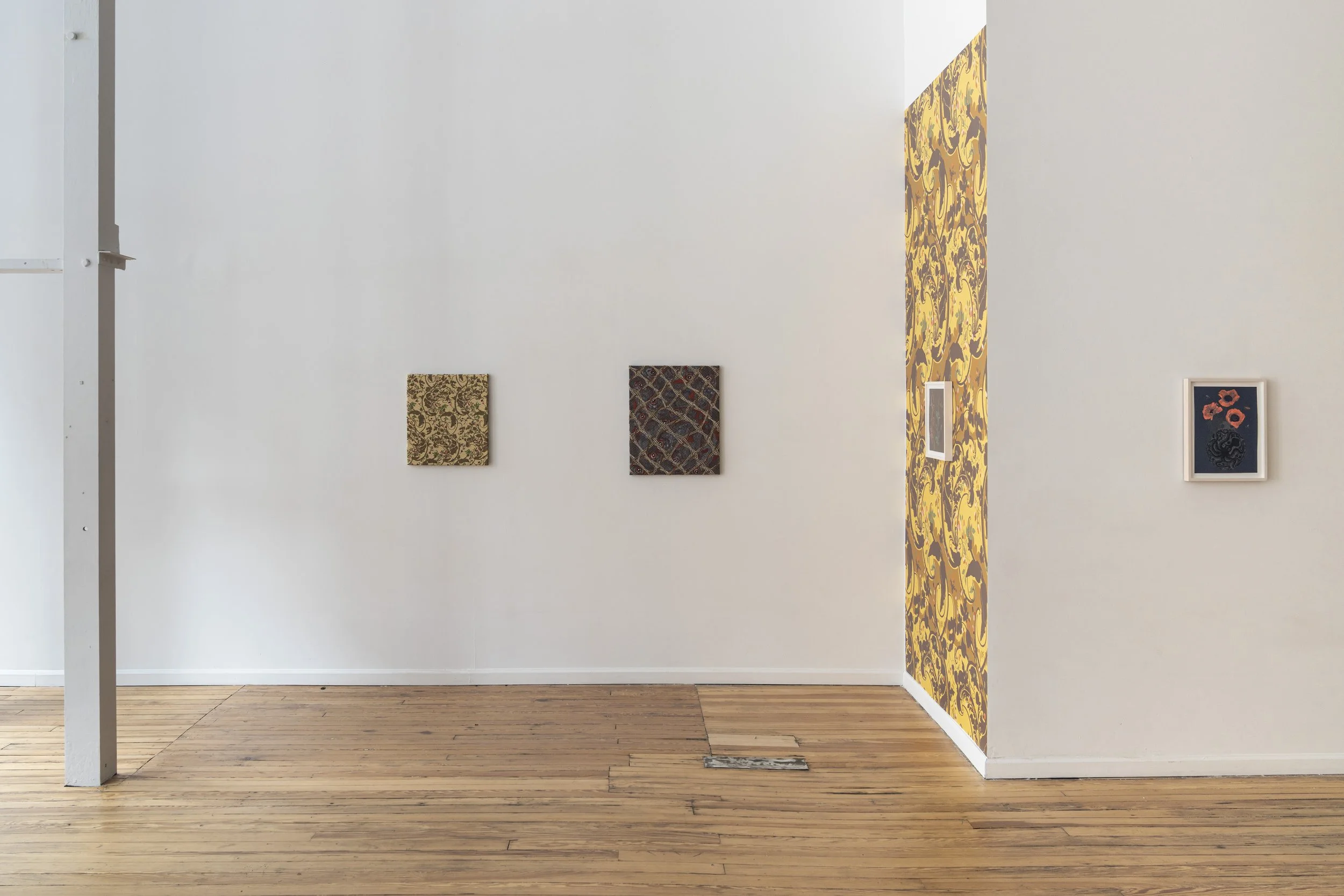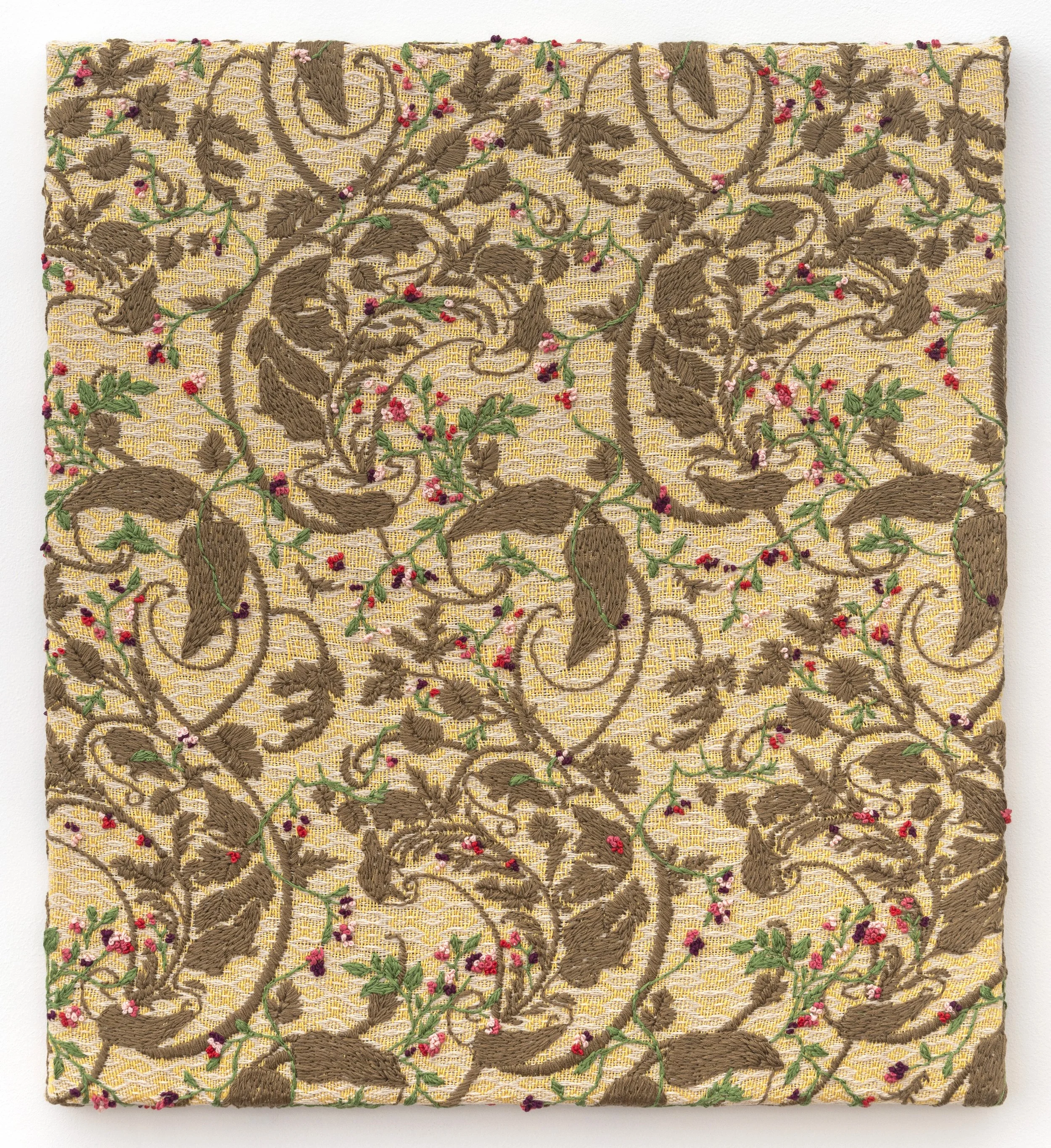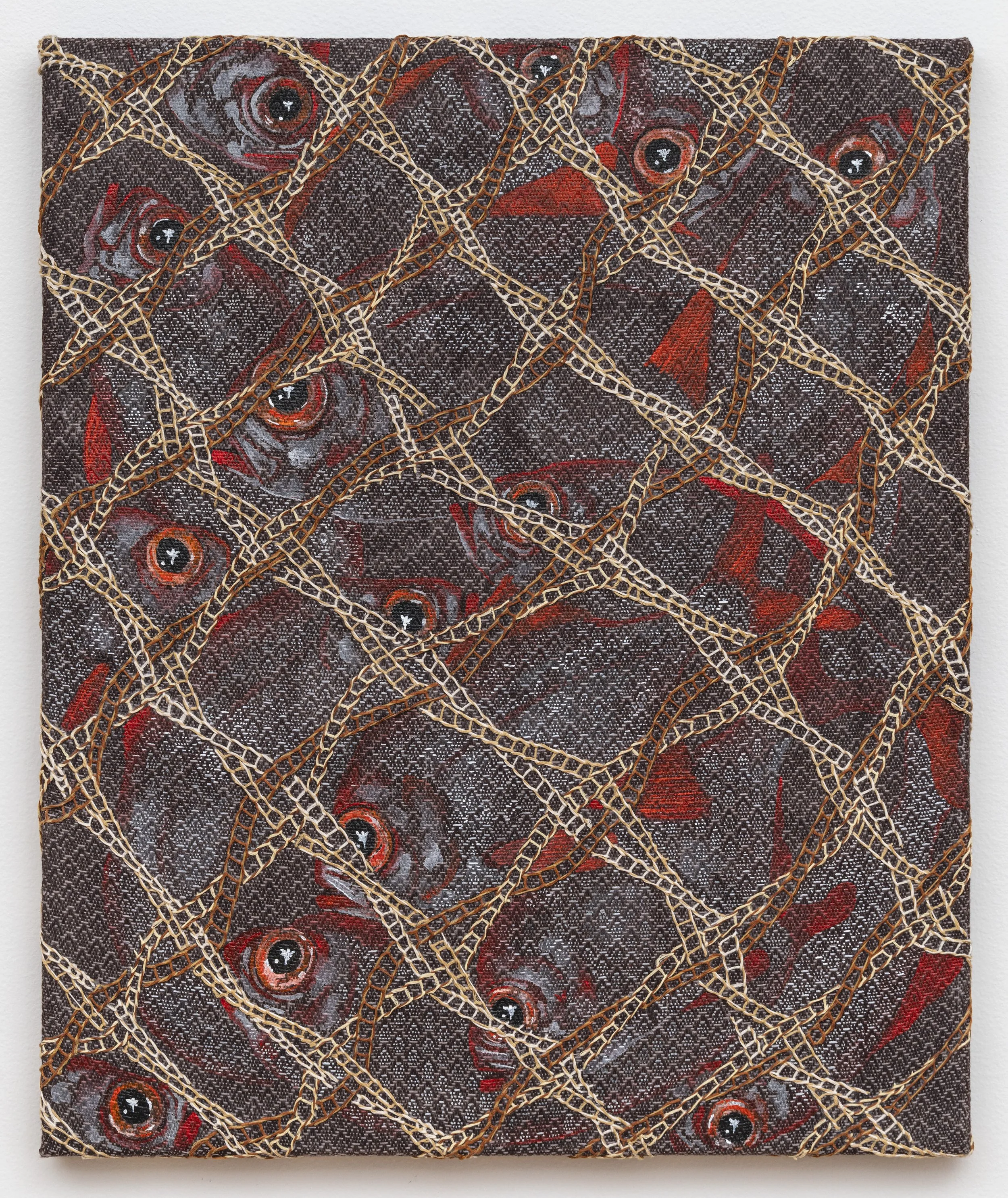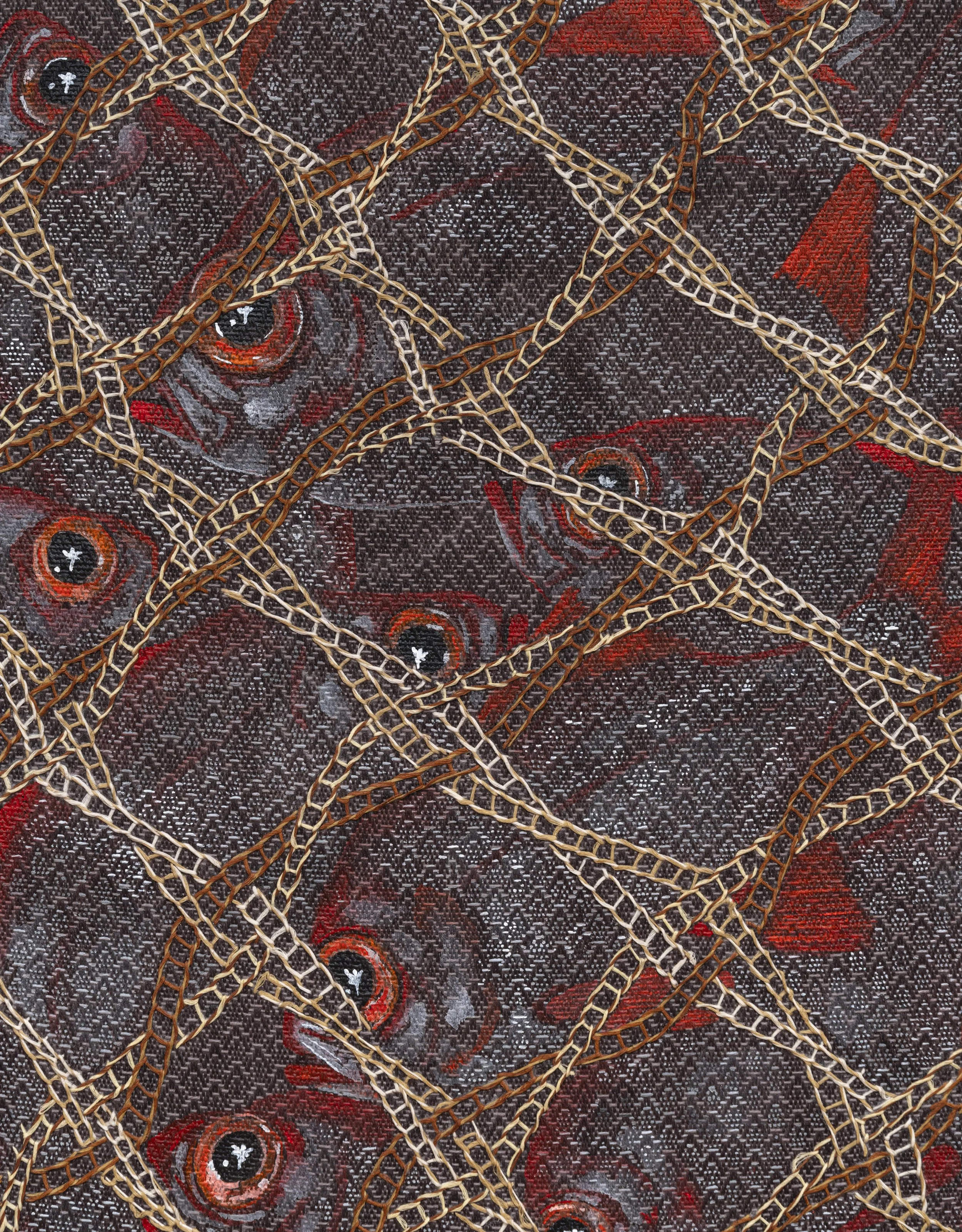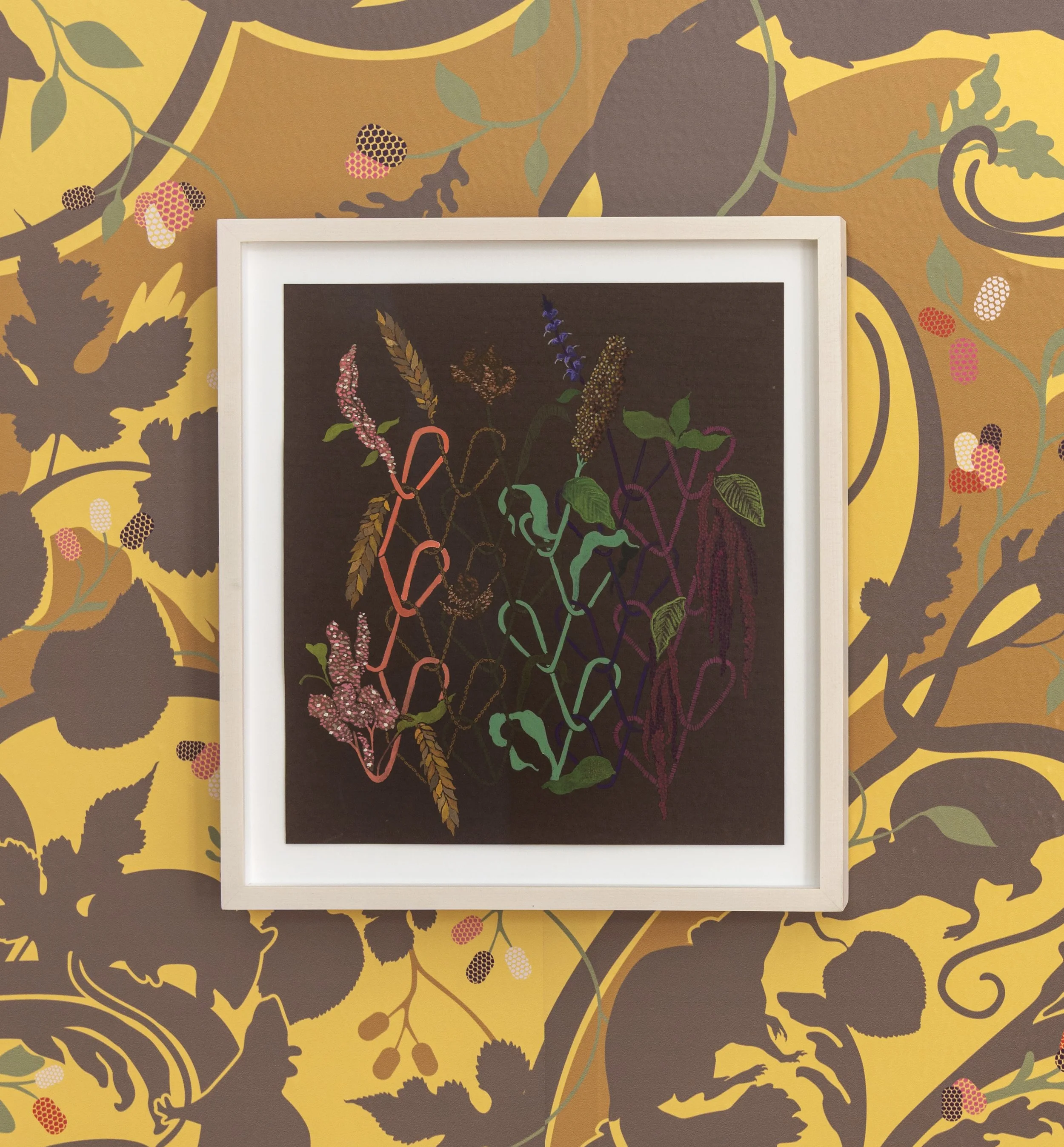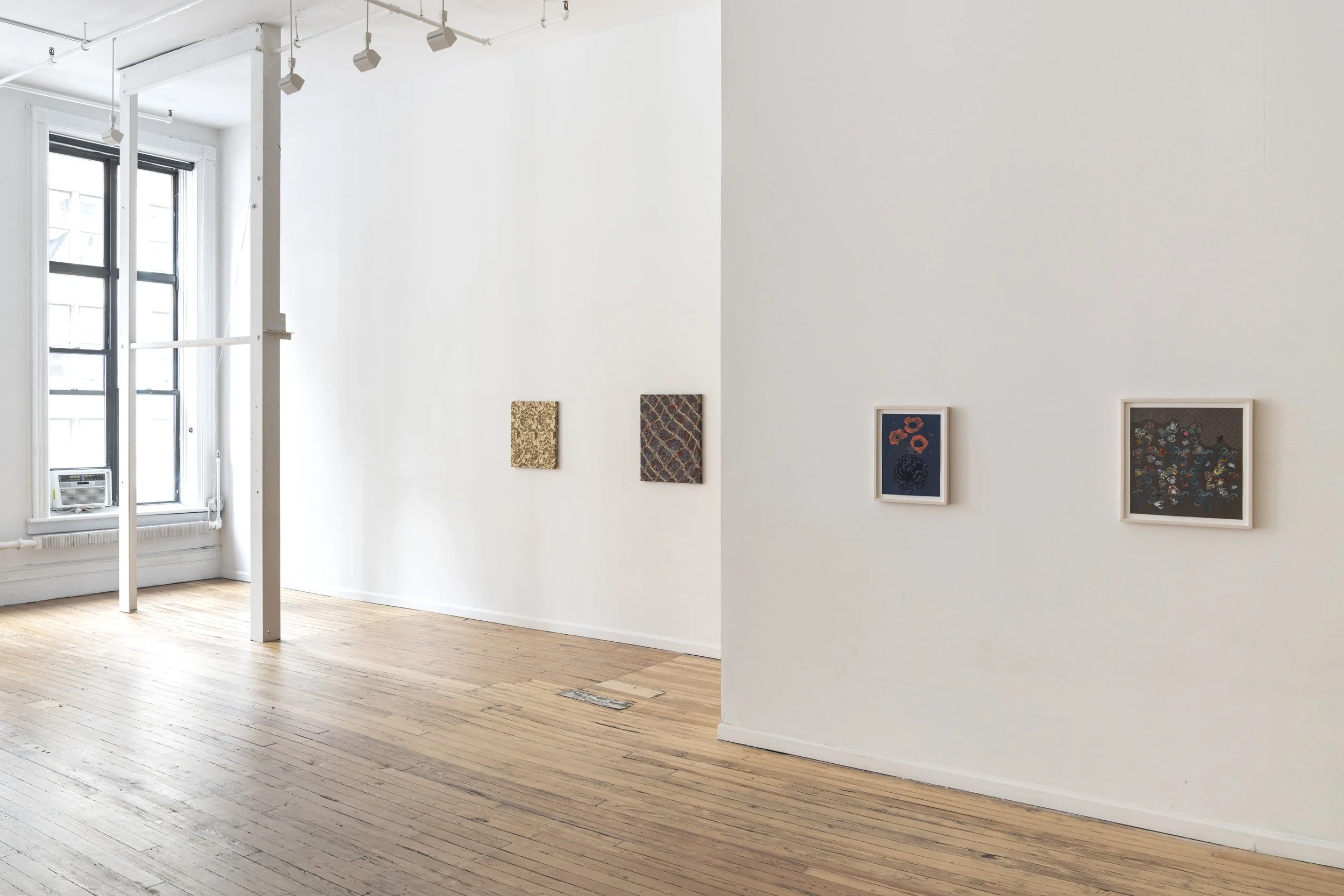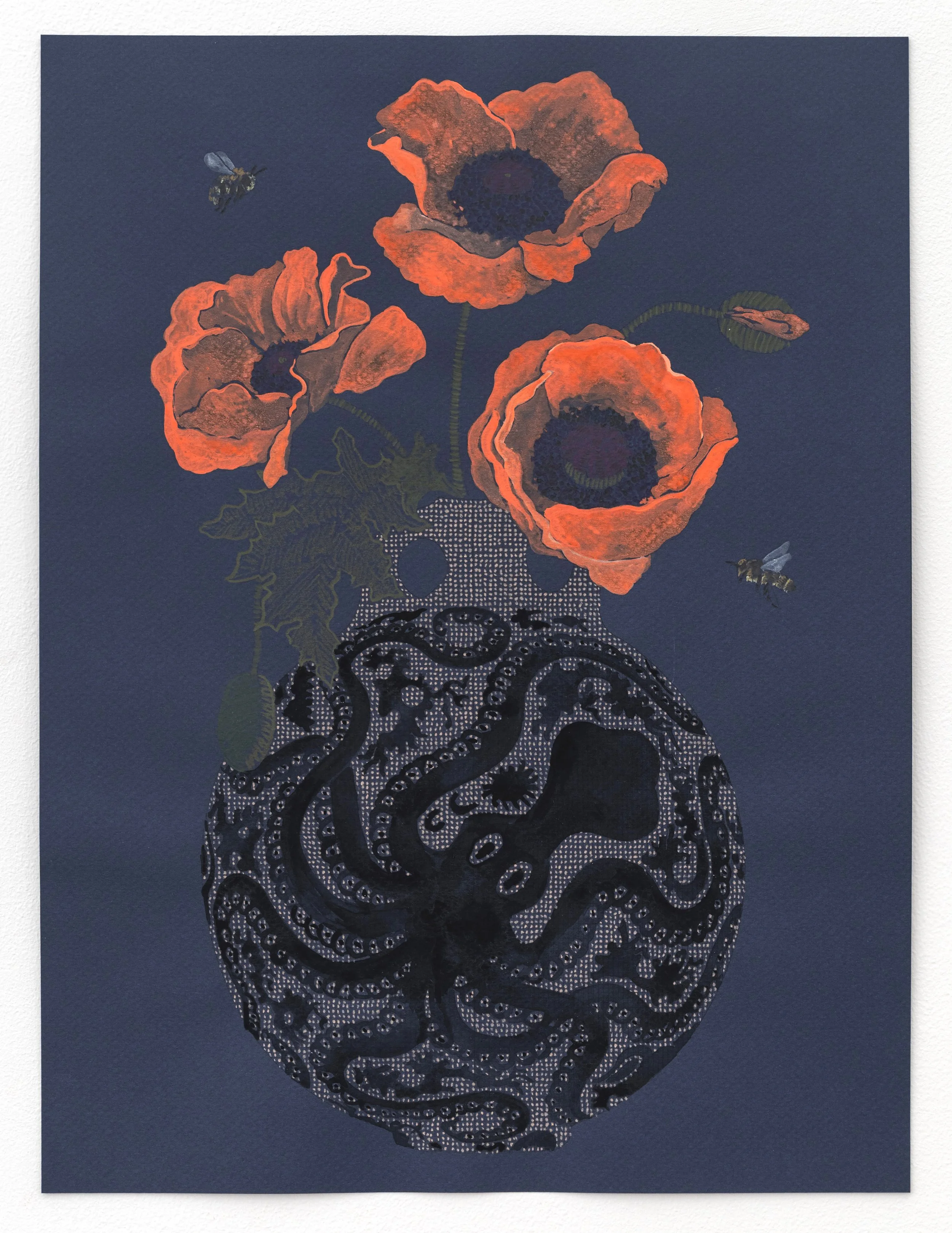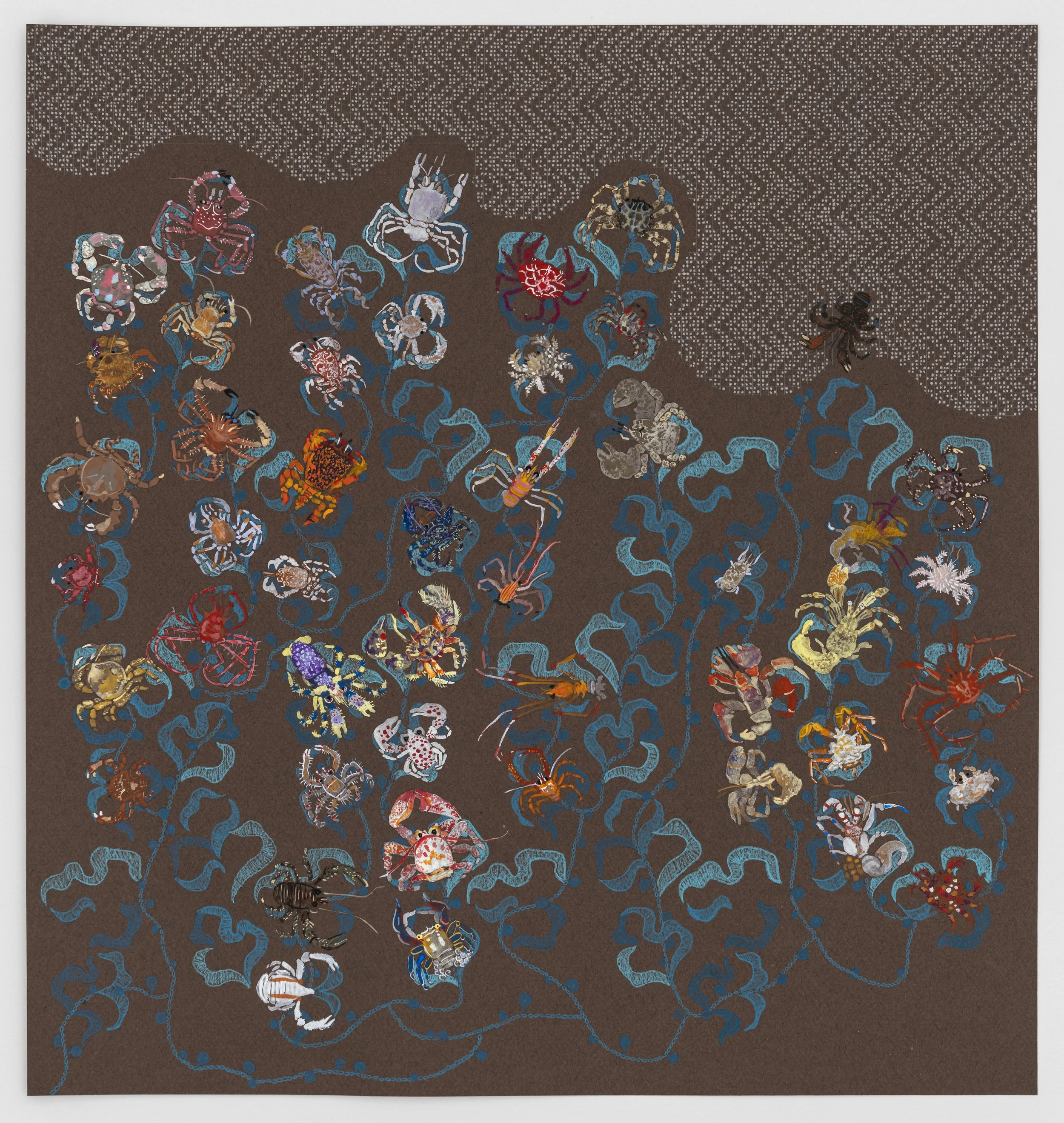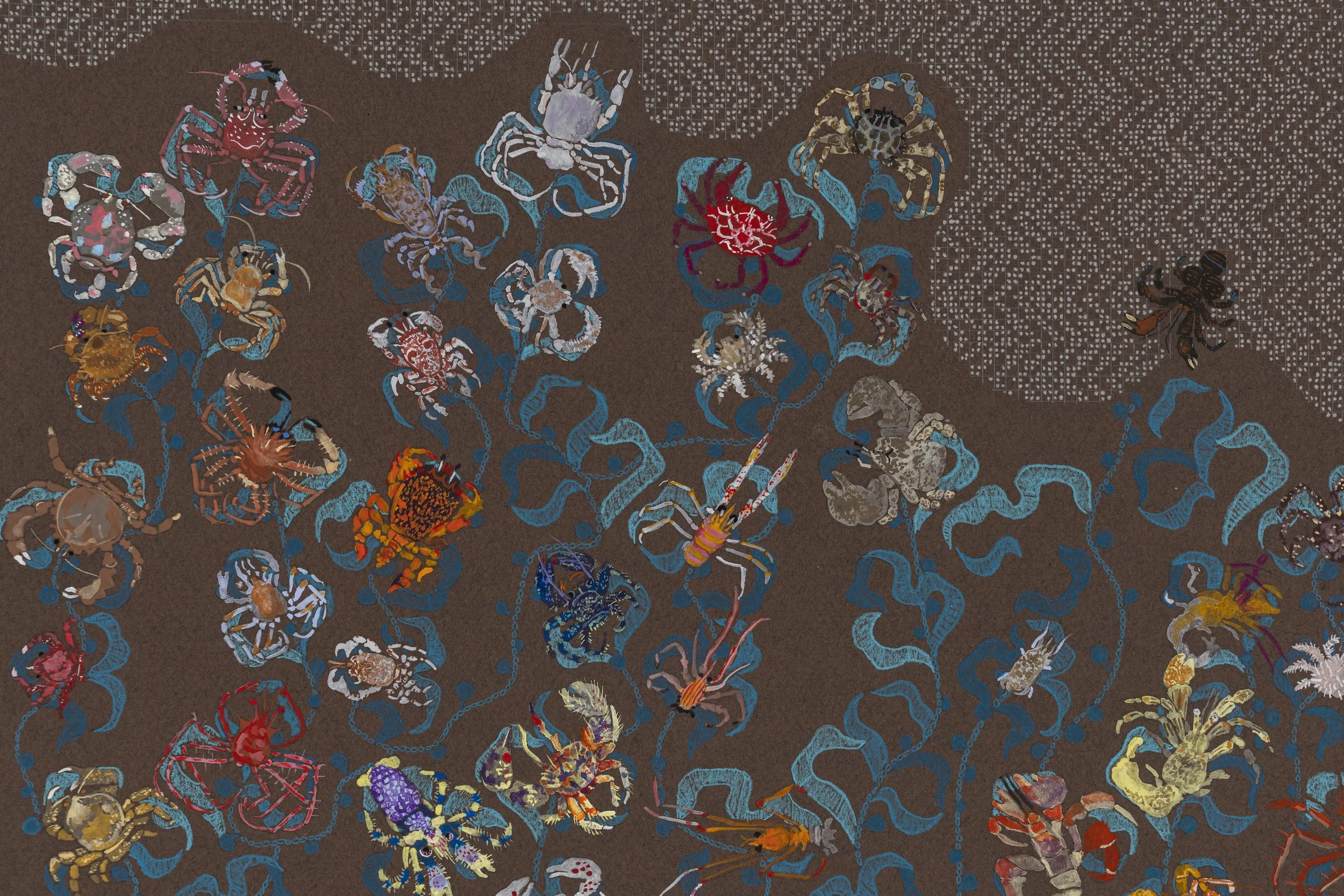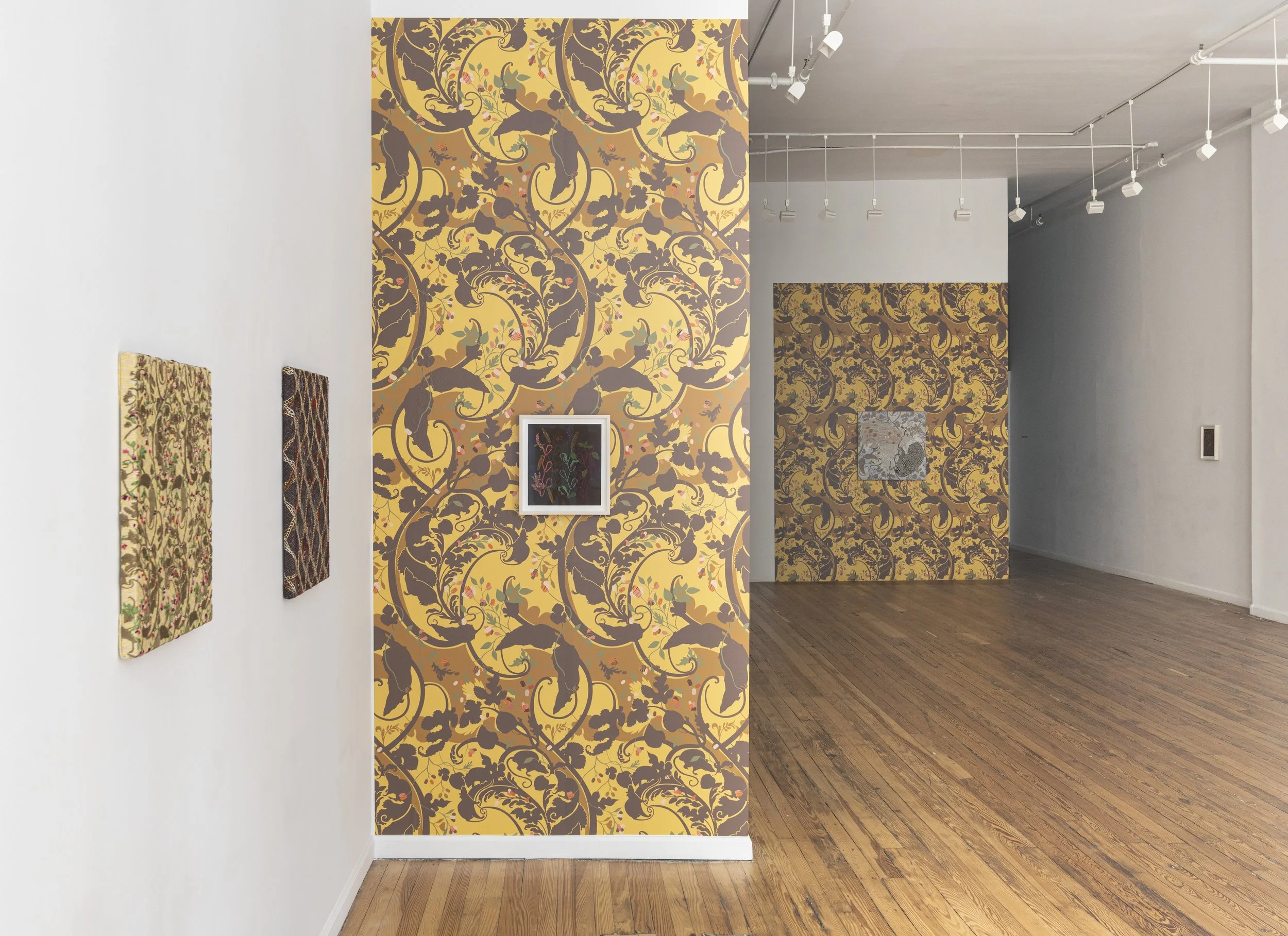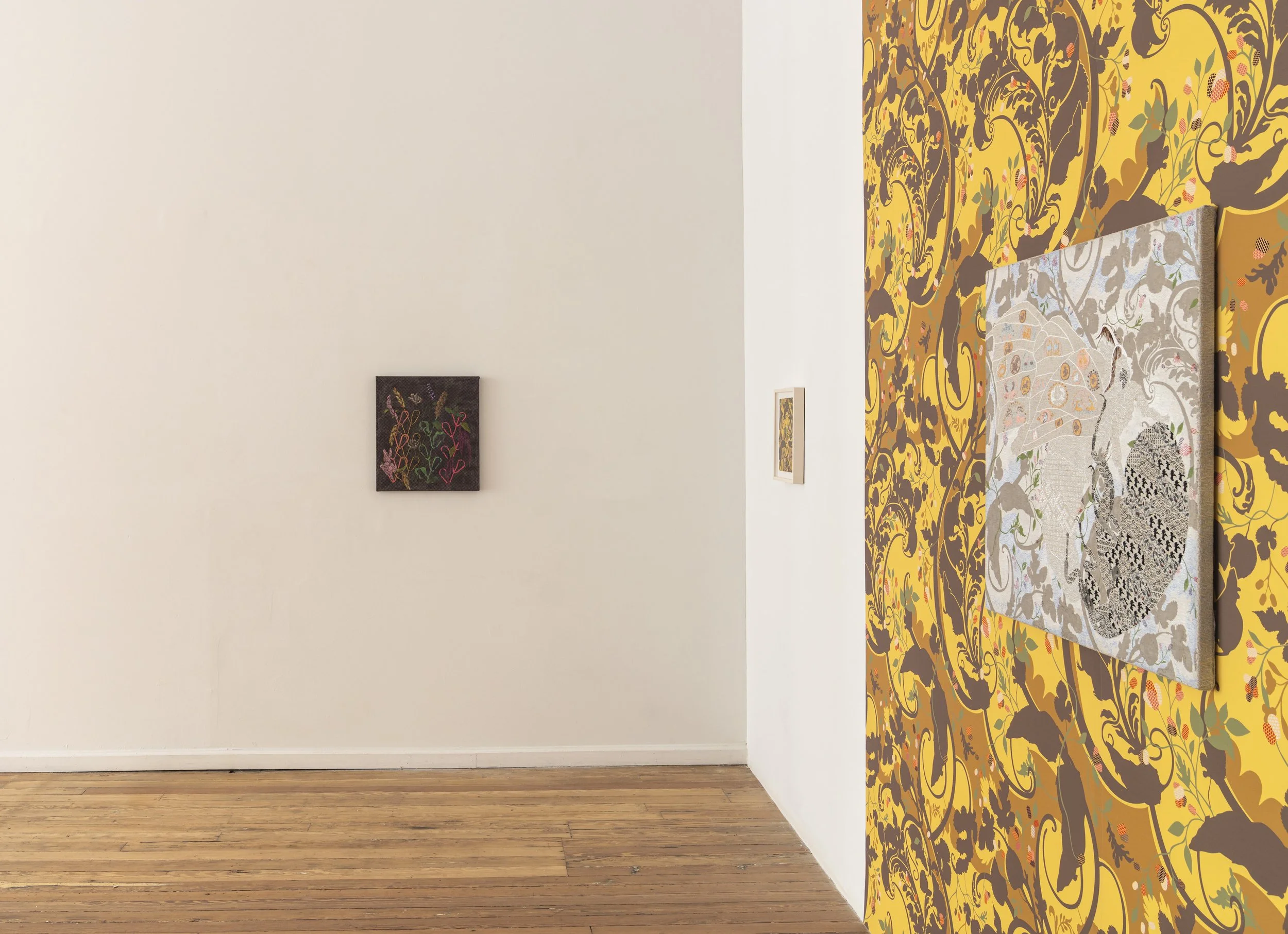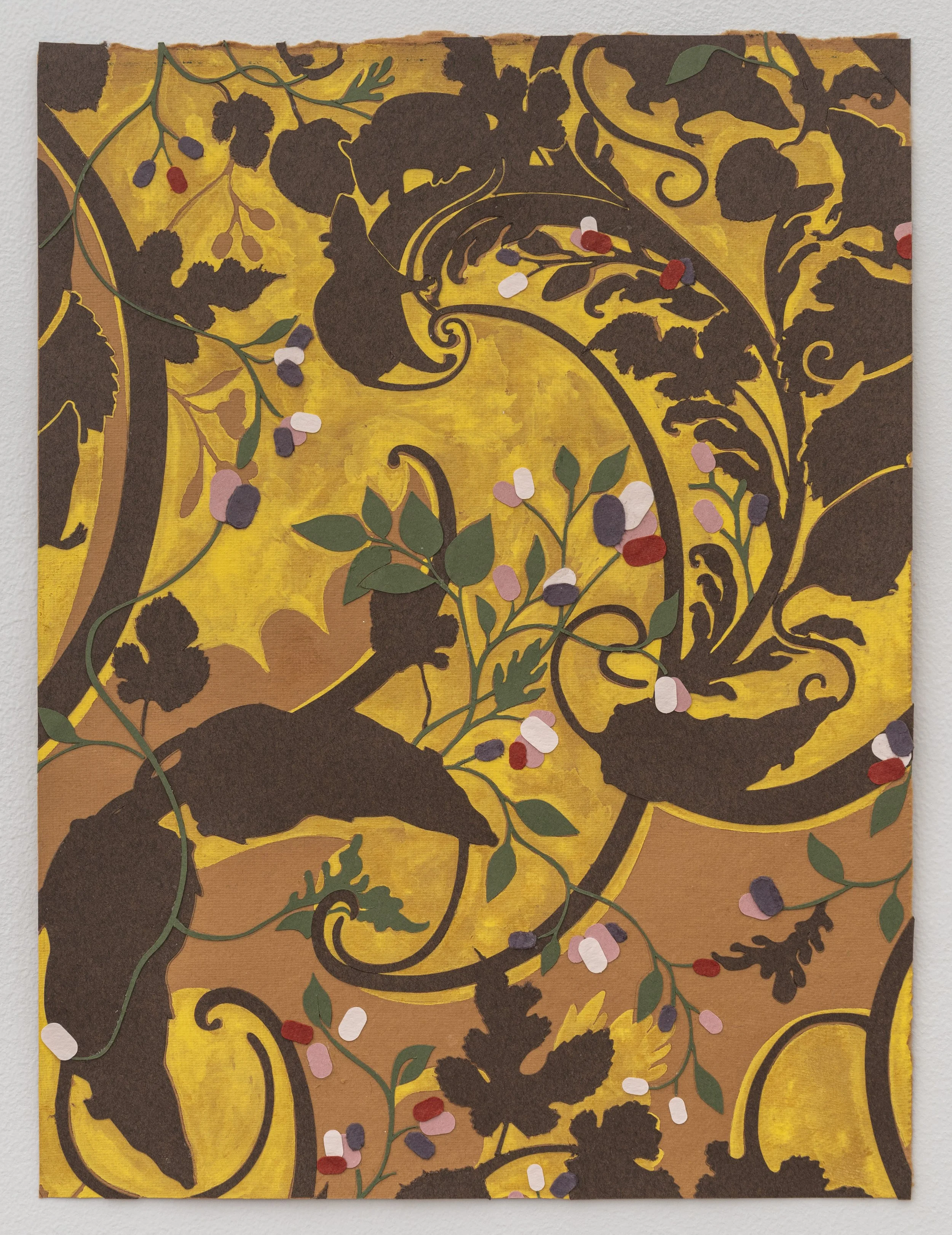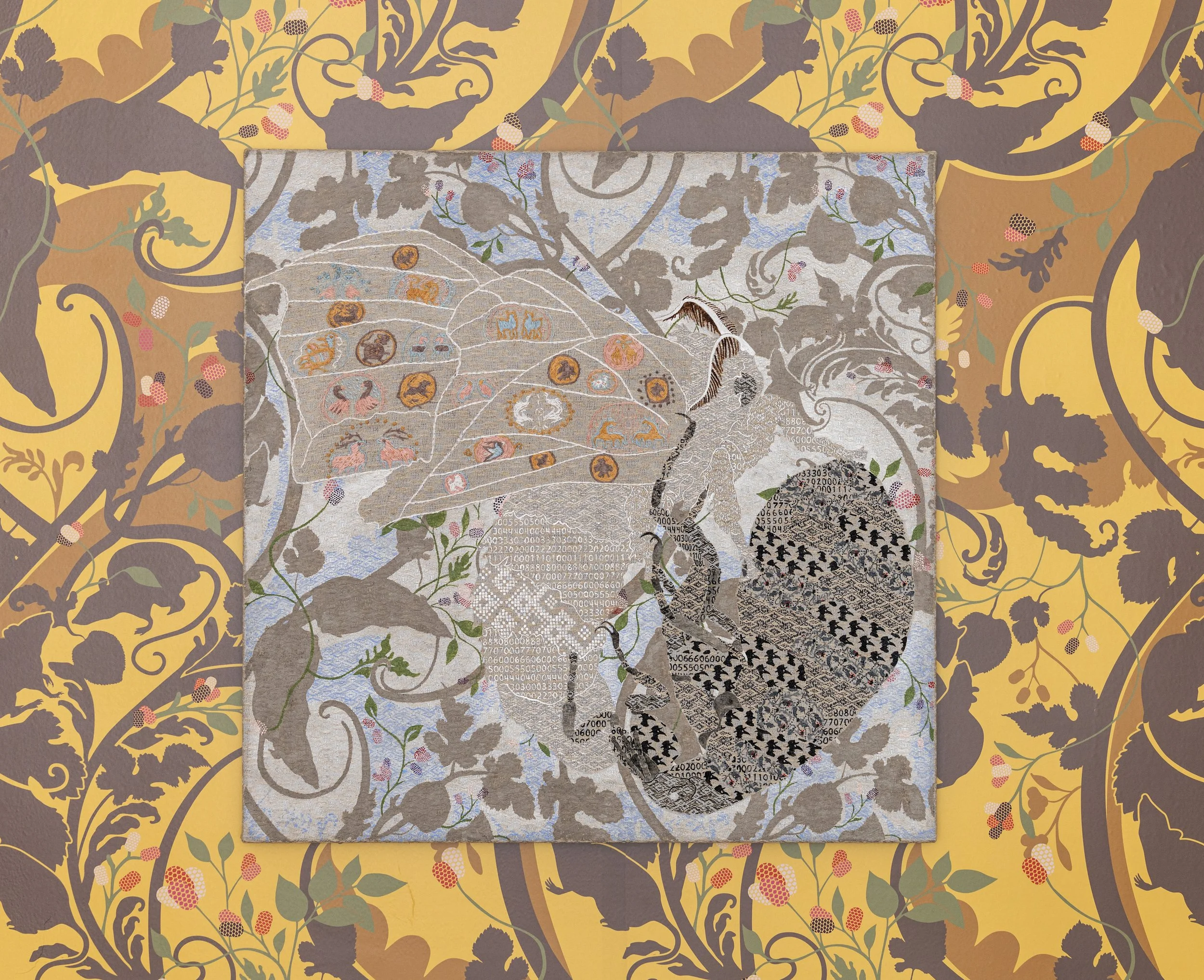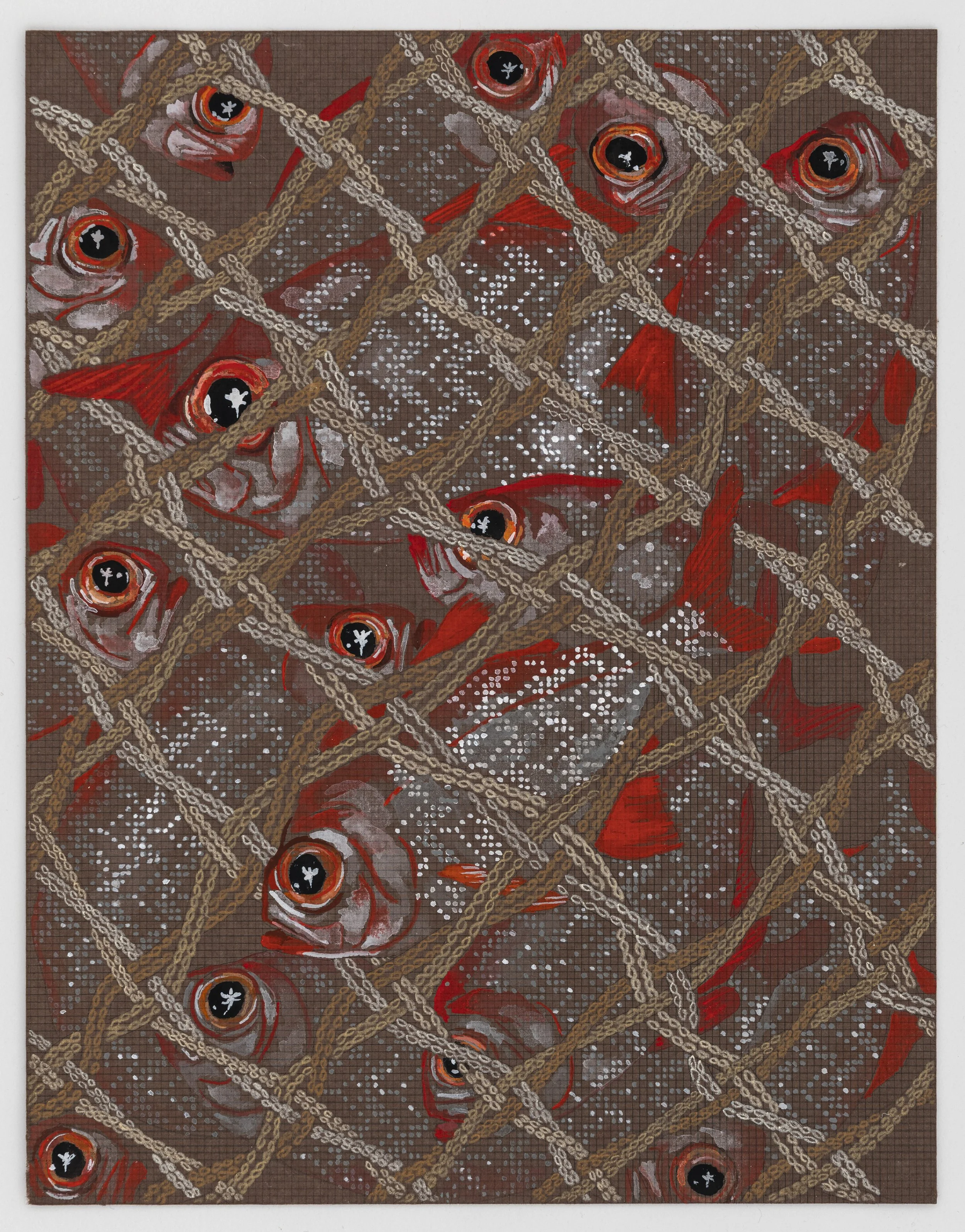Knots
It matters what matters we use to think other matters with; it matters what stories we tell to tell other stories with; it matters what knots knot knots, what thoughts think thoughts, what descriptions describe descriptions, what ties tie ties. It matters what stories make worlds, what worlds make stories. -Donna Haraway
What led the first women to take the conceptual leap required to thread a piece of plant over, then under, then over, then under other subsequent pieces of plants? Was it born of an animalistic behavior passed down through genes? It almost certainly arrived in response to some necessity, to hold or cover something. And it was likely the first complex, abstract thought. A thought leading to a system of knowledge on which all other significant markers of civilization would be built, the foundation for all progress, if there were such a thing. This idea (weaving), arriving some tens of thousands of years ago, was both nature and culture. Material and thought. Inchoate and fully formed. It was everything and nothing. Beautifully anonymous.
How is it that an idea of such import, of consequence, would grow and spread yet remain anonymous? Because the system was nonlinear in both form and concept? Because it occurred before or in contrast to the litany of what Ursula K. Le Guin calls, heroes’ tales? Or was it something more benign but equally insidious— the byproduct of the naming or classification of things? When understanding a concept through another concept something is always hidden, or worse, lost.
Whatever the initial impetus, it is clear that, with the linear march of heroes’ tales and advent of Modernity, maintaining anonymity helped increase what Anna Tsing terms, salvage accumulation. In short, the anonymity of weaving allowed the conditions and circumstances within which it occurred to be overlooked and made it easier to convert wovens into capital.
When weaving was categorized, it had the distinction of being dubbed, decorative. A name that backgrounded it, and implied something less than. A name masking its rich history and importance, and in a sense preserving its anonymity. Yet within every decorative motif, every floral repeat, there is the echo of the link between plants, weaving, and our foundational conceptual system. Within every structure or system (fabric or otherwise) there is the echo of the beautiful, mathematical logic first initiated with the passing of plants over and under themselves. Hidden in plain sight.
We seek to reveal these connections. Using weaving as both form and conceptual methodology, we craft densely knotted works— far from intractable, but with slow, thoughtful looking, rewards hopefully abound. The stories we tell, or rather the viewpoint from which we tell them (filtered through the lens of weaving), is at times idiosyncratic, but equally omnipresent. Our recent depictions of plants, animals and other non-human things, touch on the (mis)categorization, hierarchies, and hidden structures that nonetheless define us as humans, in all our follies.
